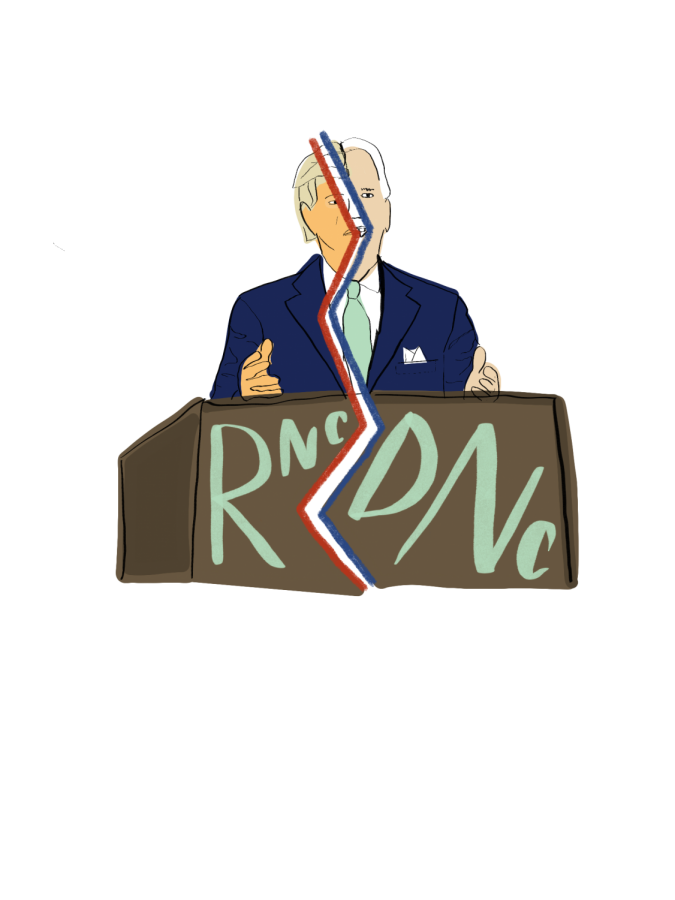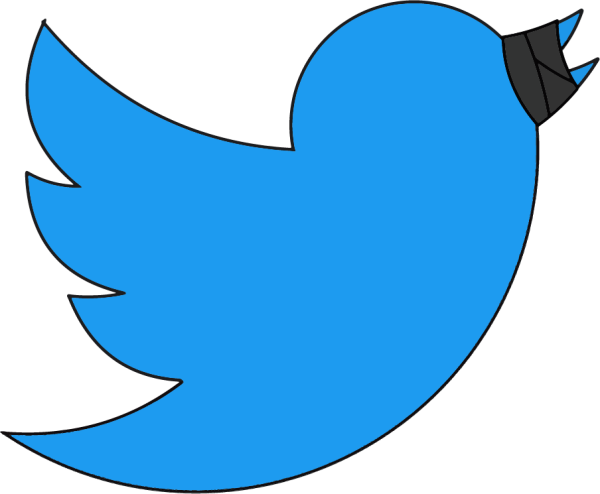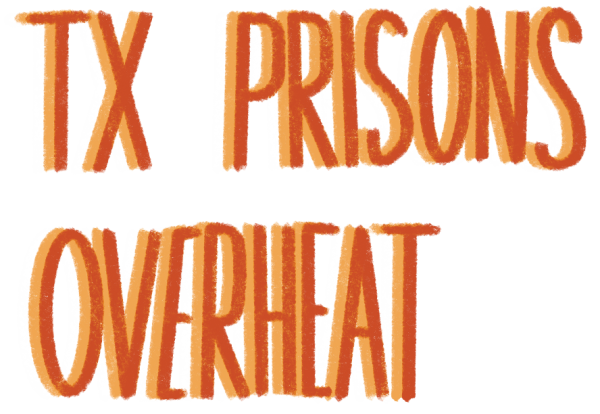Distant But Unified: How this Year’s National Conventions are Connecting to their Audience
October 5, 2020
Most years, speakers at the Democratic National Convention (DNC) and Republican National Convention (RNC) are met with joyous cheers; the anxiety and nerves fall away to make room for an enthusiastic audience. This year, however, convention speeches were met with crickets and maybe a clap or two from someone’s spouse or campaign manager. Despite the conventions’ socially distant environments, they remained exciting and emotional gatherings, each in their own way, garnering support from audience members and voter bases.
Even though most events were virtual, the DNC made an effort to keep the audience engaged through video calls and spectacular graphic design. This new model yielded new results—it mobilized Democrats to become more active in their communities by writing postcards and volunteering and encouraged unity instead of polarization. Although the format was unfamiliar, the DNC was able to effectively get its message across—vote blue so Democrats can regain a sense of hope.
The DNC this year was all about ethos and pathos. Through the use of carefully crafted dramatic moments, the party appealed to the emotions of their audience. A prime example of this was when Brayden Harrington, a 13-year-old boy with a stutter, recounted an interaction he had with former Vice President Joe Biden a few years earlier. “He showed me how he marks his addresses to make them easier to say out loud,” Harrington said. “So I did the same thing today. And now I’m here talking to you today about the future, about our future.” While the convention was held largely virtually, the audience engagement and reactions to emotional moments like these were still present.
The DNC made an effort to appeal to a larger audience than in many previous years. While the bulk of the speakers were Democrats, they passed over the microphone to a couple of moderate Republicans in order to appeal to undecided voters. One such Republican was former Ohio Gov. John Kasich. He cited a “crossroads” for the United States and explained that President Donald Trump’s administration was creating “a growing vitriol” between citizens. While many Republicans stick to their side of the aisle when it comes to national conventions, Kasich’s speech attracted Republican voters to pay more attention to Democratic options and even vote blue.
However, the most well-orchestrated effect of the DNC was the mobilization of Democratic voters. Emcees urged the audience to check their voter registration and even had a text line which provided information on how to get to the polls and make a plan to vote in November. In addition, speakers like Biden urged the audience to work the polls, volunteer to make calls and donate to his campaign. These efforts have proven worthy. According to Jacobin Magazine, there has been a “substantial increase” in volunteers following the DNC, and new volunteers are flowing in by the thousands each day. The Democratic voter base is not only voting—it is encouraging others to do so as well.
A week later, the RNC was held in Charlotte, N.C. Even though safety measures were in place, the RNC made an effort to capture the essence of an in-person convention as closely as possible. In an empty convention hall, speakers delivered live speeches from the podium. Unlike their Democratic counterparts, Republicans rejected the socially distanced format instead of embracing it, choosing to retain as many elements of in-person conventions as possible. Republican speakers spread a wide variety of messages, from reopening the economy to defending traditional American values from perceived enemies. The convention also focused on Trump’s accomplishments and Biden’s downsides.
The most important issue to address for both conventions was the COVID-19 pandemic that continues to wreak havoc throughout much of the country. The Republicans directed viewers’ attention toward the future, envisioning a post-pandemic world rebuilt by a “great American comeback,” as coined by Trump. In the spirit of reopening, Trump and Republican officials insisted that speeches be broadcast live and the convention be held in a traditional format, clearly sending a message that they are ready to move past the pandemic. The convention speakers generally avoided addressing the mounting COVID-19 death toll, instead focusing on the president’s accomplishments and plans for the future. Though many voters feel disillusioned with the current government, the Republicans managed to speak to their base by minimizing the effect of the COVID-19 pandemic on the RNC as much as possible.
Possibly the most oft-mentioned Republican talking point was the protests and riots regarding the treatment of Black Americans at the hands of police officers, including the shooting of Jacob Blake in Kenosha, Wis. The message of the convention was overwhelming support for law enforcement and condemnation of violent riots in cities across America. Numerous times, speakers condemned organizations such as Antifa and Black Lives Matter, organizations known among Republicans for their violent tactics, as well as blaming Democratic local and state officials for the rioting and looting happening under their supervision. The intended audience for this rhetoric was likely suburban voters and business owners who feel threatened by growing violence in cities.
By far, the most stressed point throughout the convention was, if for no other reason, that Trump and Republicans are the right choices because of the alternatives. The president and Republican speakers pursued numerous lines of attack at Biden, criticizing everything from his perceived socialist economic policy to his stance on gun control. Although those outside of Trump’s base may not feel particularly enthused to vote for him, many fear the consequences of a Biden presidency enough to do so anyway.
Although current events make it difficult to sell the American public on reelecting the current president, the RNC attempted to make the most of a bad situation. By pointing out Trump’s accomplishments instead of his shortcomings, condemning violent rioting and looting in American cities and directing attention toward the ugly sides of Biden, Republicans were able to energize their base and possibly speak to undecided voters.
While the DNC and RNC are, in essence, very different events, they existed with the same purposes: to mobilize voters and galvanize American citizens. Though the conventions had to be held in a different format than previous years, they fulfilled those purposes. One thing is certain—this is a convention year is one for the history books.








